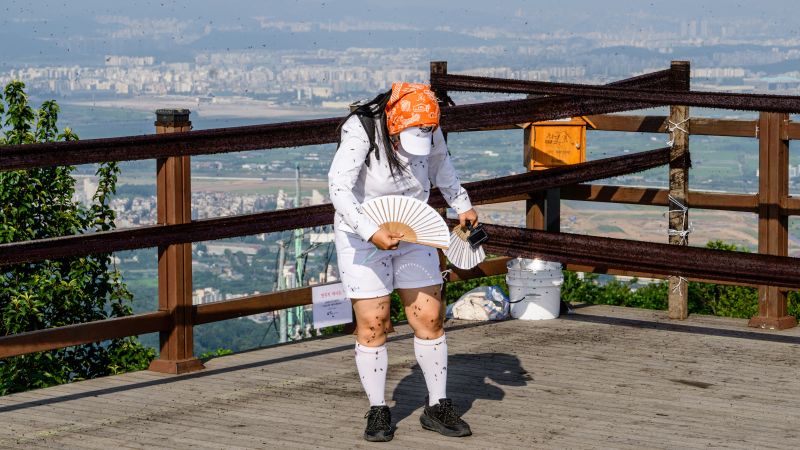Lovebugs Invade Seoul Amid Rising Temperatures
As the lovebugs continue to spread, residents are advised to take precautions to minimize their impact, and the government is working to find a balance between managing the infestation and preserving the ecological benefits of the insects, highlighting the complex relationship between climate change, urbanization, and the natural environment.

South Korea is experiencing a surge in lovebugs, also known as Plecia nearctica, due to rising temperatures caused by climate change, with the insects spreading northward and infesting areas around Seoul, particularly in port areas, between June and July.
The lovebugs, which are native to the subtropics, were first detected in South Korea in 2015 and have been causing a nuisance, sticking to car windows, walls, and other surfaces. Residents have been complaining about the infestation, with reports of swarms of bugs on hiking trails and in urban areas. The government has sent workers to manage the outbreak, and officials are advising residents to use water or sticky pads to combat the swarms instead of chemical pesticides.
Climate change is driving the spread of lovebugs, with temperatures rising at a faster pace in Seoul than in other parts of the world. The city's heat-island effect, where temperatures are higher in urban areas due to man-made structures, is also contributing to the problem. The lovebugs are expanding their populations in the northwest of South Korea, and experts warn that they could spread to other areas with a warm and humid climate.
The city government of Seoul views the lovebugs as "ecologically beneficial" and pose no health risk to humans, but complaints have more than doubled in the past year. Natural population control is reportedly setting in, as birds learn to eat the bugs, but the government is strengthening response procedures and investing in measures to combat the infestation, in an effort to mitigate the impact of the lovebugs on daily life in Seoul.